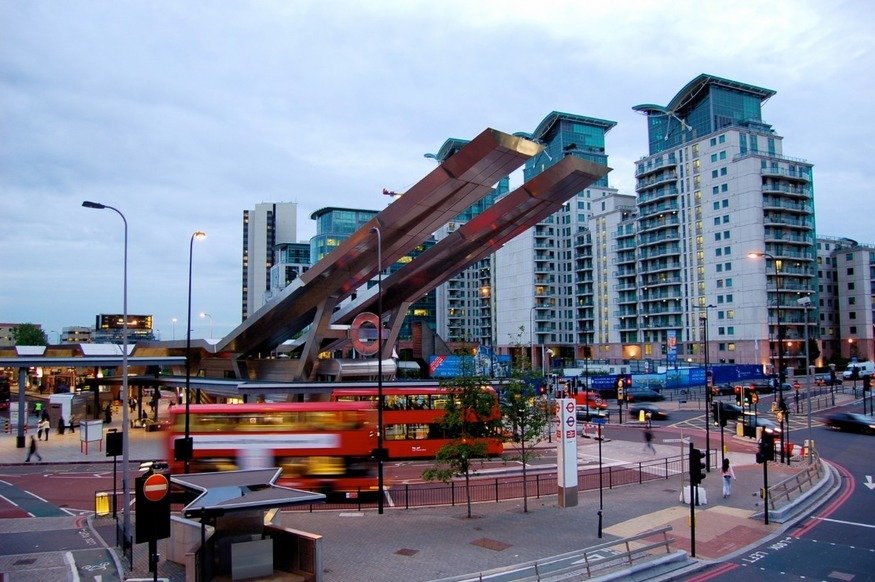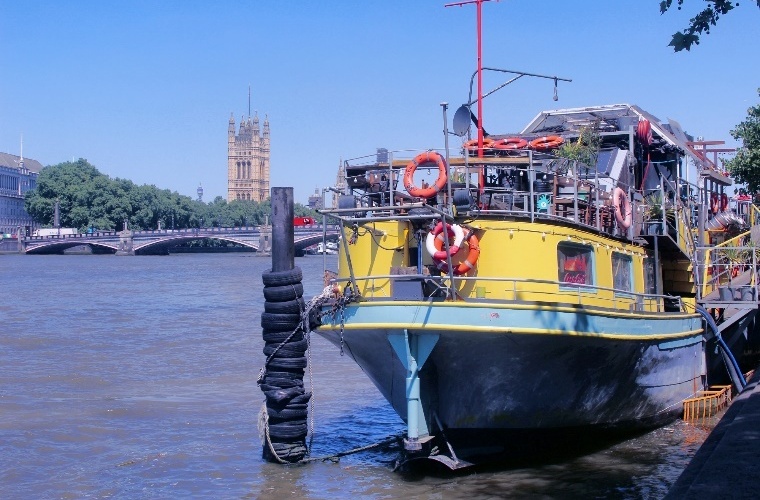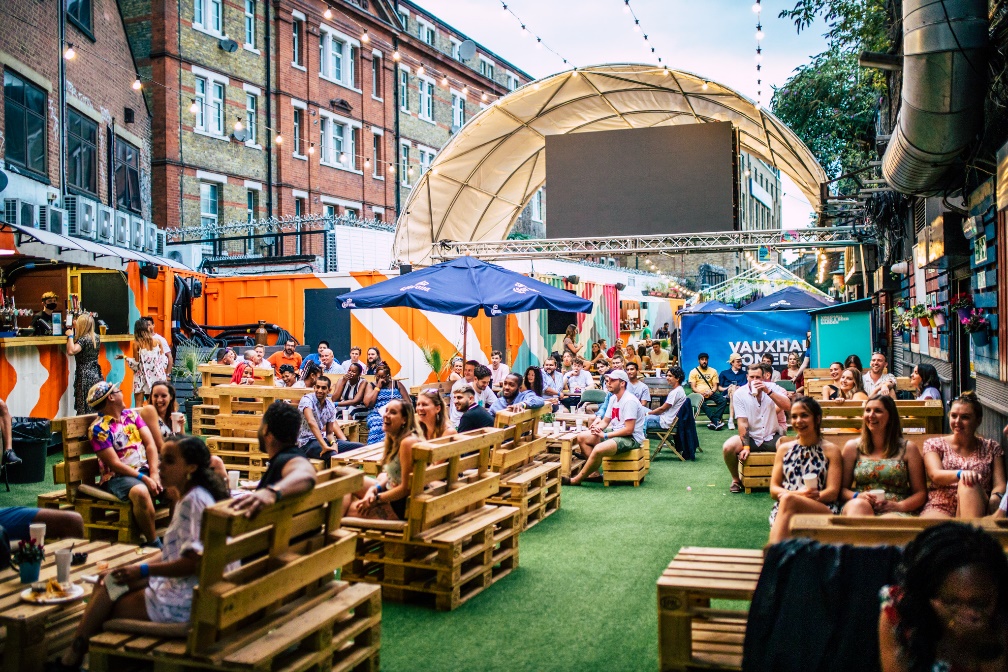Description
Located just north of Wandsworth on the southern banks of the River Thames, Vauxhall boasts a distinctive mix of 20th-century and Victorian residences, alongside contemporary riverside developments. Recognised as South London's gay village, Vauxhall holds significance as the site of the SIS building for MI6, the secret intelligence service. This diverse area is efficiently connected through the central transportation hub at Vauxhall Cross. Noteworthy developments, including the American Embassy, have emerged in and around Vauxhall Cross. The nearby New Covent Garden flower and vegetable market in Nine Elms is a popular attraction, being the largest wholesale market for fruits, vegetables, and flowers in the UK.

Vauxhall: Featuring Vauxhall Underground Station
The History of Vauxhall
The name Vauxhall is believed to have originated from the Norman owner of the land in the 13th century. Falkes Hall became Fox Hall and eventually Vauxhall. Samuel Pepys documented a visit to Fox Hall in the 17th century. Vauxhall gained fame as the site of pleasure gardens renowned throughout Europe and transitioned into a residential area in the 18th century, coinciding with the drainage of Lambeth Marsh and the construction of Westminster Bridge. Vauxhall Bridge followed suit in 1816. Despite heavy bombing during World War 2, Brunswick House, erected in 1758, stands just south of Vauxhall Bridge. The Vauxhall car company, originating in 1897, adopted the Griffin badge of the Falkes family as its emblem.
Things to do in Vauxhall:
- Royal Vauxhall Tavern - one of the most iconic LGBTQ+ venues in the whole of the capital.
- Take in the Westminster views aboard Tamesis Dock – a floating pub with live music, pizza and drinks.
- Meet the Alpacas at Vauxhall City Farm
- Explore New Covent Garden Flower Market
- Visit Vauxhall park - home to a secret lavender garden tucked away.

Eating and Drinking in Vauxhall:
- Cottons Vauxhall – an excellent brunch and Caribbean cuisine
- Royal Vauxhall Tavern – A Cabaret Club hosting weekly club nights and cabaret drag acts.
- Brunswick House Café – A Modern European Restaurant
- Vauxhall Food & Beer Garden – a vast array of food stalls with outdoor rooftop seating and heaters.
- The Black Dock Vauxhall – Award winning pub in Vauxhall

Transport in Vauxhall:
- Vauxhall underground station (Zone 1/2) - serving the Victoria line.
- Vauxhall Train Station catering to the Southwestern Railway
- Vauxhall Cross bus station – Towards Elephant & Castle or Waterloo

